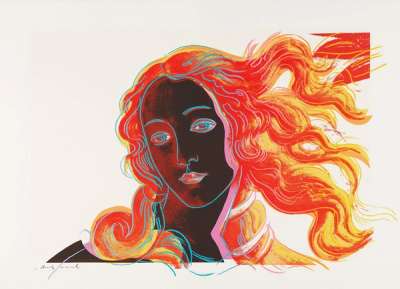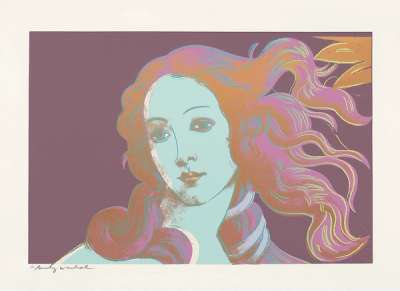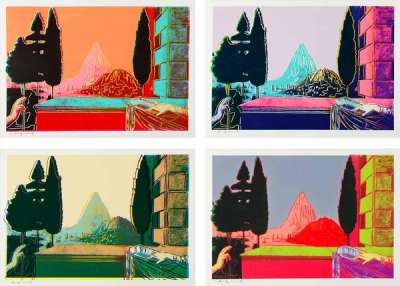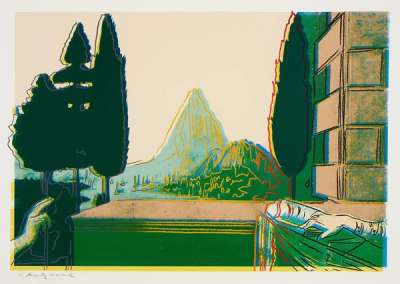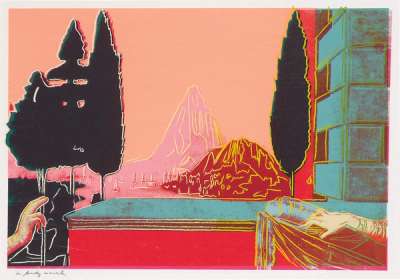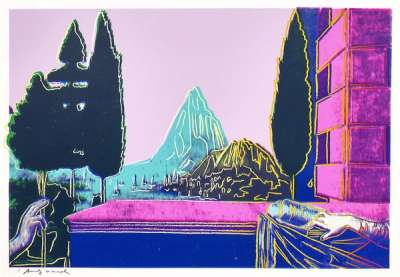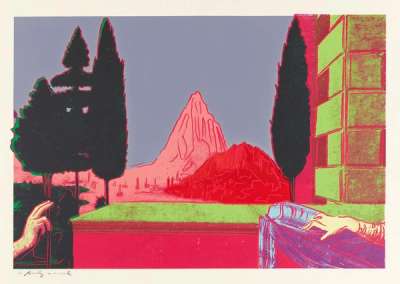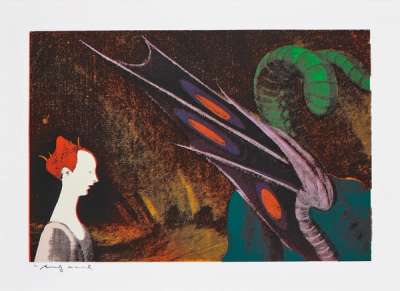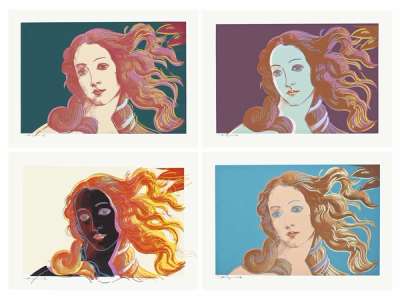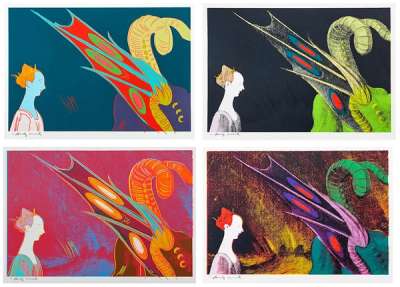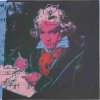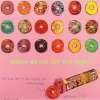Renaissance
Paintings
Andy Warhol brings space-age to old masters’ paintings in Renaissance (1984), a series that reworks Leonardo da Vinci, Botticelli, Piero della Francesca, and Paolo Uccello. Warhol subverts the traditional belief in the individual genius of the artist by copying masterpieces via a mechanically aided, endlessly reproducible process.
Andy Warhol Renaissance Paintings For sale
Renaissance Paintings Value (5 Years)
Works from the Renaissance Paintings series by Andy Warhol have a strong market value presence, with 150 auction appearances. Top performing works have achieved standout auction results, with peak hammer prices of £397988. Over the past 12 months, average values across the series have ranged from £13763 to £397988. The series shows an average annual growth rate of 18.73%.
Renaissance Paintings Market value
Auction Results
Sell Your Art
with Us
with Us
Join Our Network of Collectors. Buy, Sell and Track Demand
Meaning & Analysis
Throughout his prolific career, Warhol looked back to the old masters for inspiration, and we see this once again in his Renaissance prints from 1984. Throughout his prolific career he was constantly looking back at the Old Masters – beginning with da Vinci’sMona Lisa which he saw when it was exhibited in New York in 1963. Warhol would go on to appropriate the work in a screen print included in the present series, Details of Renaissance Paintings.
In his Annunciation prints, Warhol takes on da Vinci, cropping a key part of one of his most famous paintings, to show only two fingers of the Archangel Gabriel, raised in blessing towards the hand of the Virgin Mary, against a background of manicured trees and a steep mountain. To this scene Warhol adds his own lines of accentuating colour as well as tinting the whole scene in greens, pinks blues and oranges that lend the landscape an air of science fiction.
Though strikingly contemporary in their aesthetic, Warhol’s works are steeped in art history. Throughout the series Warhol is nodding to the masters that came before him, who paved the way for painting to become Pop Art.
With his four variations on the Birth of Venus he takes the Roman goddess of love’s iconic face and treats it as if it were that of a movie star, cropping it from the original composition. He gave it the screen print colour treatment to render Botticelli’s model a contemporary icon once again, her timeless beauty highlighted by the complementary and contrasting tones in the series. The first two works from his Birth of Venus series see him using muted tones: in 316 he chooses a deep teal for the background with Venus’s hair accented in a bright pink with yellow highlights while 317 sees him choose mauve as the main colour. In the penultimate work Warhol blackens her face as if burnt, adding a contrast with her hair which here becomes a riot of colour in flaming red and yellow with blue and pink accents. Finally, in 319 he returns to a more traditional Renaissance palette of blonde hair on a deep cerulean blue background, which is more in keeping with the original painted by Botticelli in the mid 1840s. The work is unmistakably Warhol’s however, with its bold appropriation worn on its sleeve, in a way that marks him out as the true master of Pop Art; he was as comfortable with stealing from commercial packaging as he was from one of the greatest artists of the Italian Renaissance.
Here, Warhol shows his mastery of screen printing as a medium, elevating it from the world of advertising and commercial printing to become a tool of so called ‘high art’ by associating it with the geniuses of da Vinci and Botticelli. The series was made in 1984, just three years before his death from surgery complications. It therefore shows a maturity to his work at a stage in his career when he had been experimenting with the medium of screen printing – or serigraphy as it is also known – for over two decades. With these works Warhol shows his enduring fascination with icons, from Renaissance muses to his contemporaries on the catwalks or the party scene, unable to resist immortalising them further in his screen printed homages. Further works from the series include details from paintings by Piero della Francesca and Paolo Uccello.

